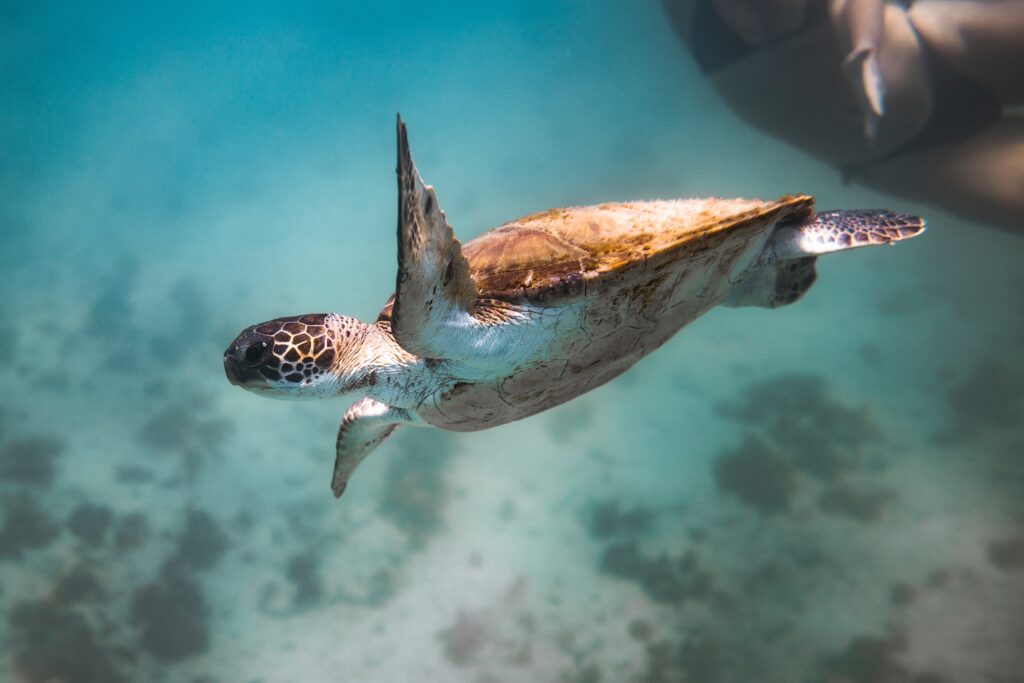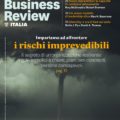by Francesca Pennisi

For the great planetary ecosystem, the alarm is rising. As clearly emerged at the Cop27 of Sharm El Sheik, the increasingly invasive human activity is causing a worrying decline in biodiversity, understood as the variety of all forms of life present on Earth. Among the main causes of this dramatic reality are the changes in land use, direct exploitation, climate change and pollution. A report released in 2019 by the United Nations warned that one million species (out of an estimated 8 million) are at risk of extinction.
These are strong signals that can no longer be ignored. Man and nature are part of the same ecosystem and are strongly connected: anything that threatens biodiversity inevitably threatens us too and our survival. A global report published by Ipbes (Intergovernmental science-policy platform on biodiversity and ecosystem), entitled The Global Assessment Report on Biodiversity and Ecosystem Services, according to which:
- with our worldwide impact we have altered the 75% of the natural environments of terrestrial ecosystems and the 66% of marine ecosystems
- continuing with the current rate of transformation of the territory, in 2050 the 90% of ecosystems would be significantly altered
- we have changed the climate as well as the great biogeochemical cycles of carbon, nitrogen and phosphorus we have produced an enormous amount of new toxic and harmful substances that cannot be metabolized by natural systems
- we have changed the water cycle and acidified the oceans
- we have eroded and continue to erode biodiversity, the richness of life on Earth, in every corner of the planet, putting at least one million animal and plant species at risk after having erased forever an as yet unspecified number.
It's time to act
IPBES warns that there will be a further negative impact of human activity on ecosystems if transformative action is not taken. And there will also be marked consequences as regards the implementation of the entire 2030 Agenda, set out in the 17 Sustainable Development Goals and 169 targets to be achieved by 2030. The same picture is also provided by the fifth Global Biodiversity Outlook, created by the Convention on Biological Diversity and published in 2020, which states that humanity has now pushed itself over the edge and that today's actions will certainly influence the legacy for future generations.
It is therefore necessary to act quickly and reverse course by reducing all negative pressure factors on biodiversity. to prevent disastrous consequences from being generated and the Earth from turning into a highly hostile and dangerous environment. In the foreground there is clearly the increase in temperature: unfortunately we are approaching the threshold of 1.5°C (value increased on average by 1.1°C more than in pre-industrial times), beyond which the risk of extinction of many living species and alteration of marine ecosystems and emerged lands is almost certain. It is therefore essential to limit global warming to well below 2°C to reduce the impact on biodiversity, according to what was signed in the 2015 Paris Agreement.
The impact will not be the same everywhere: "While many regions in the world will face a further decline in biodiversity, tropical ones will face particular risks due to the combination of factors such as the climate crisis, land use change and the exploitation of fishing. Terrestrial and marine biodiversity in the boreal, subpolar and polar regions is projected to decline mainly due to warming, retreating sea ice and increased ocean acidification. The scale of impacts and differences between regions are greater in scenarios characterized by a rapid increase in consumption or human population than in scenarios based on sustainability. This study therefore highlights the importance of act on different indirect and direct factors to "slow down, halt and even reverse" the trend.
The big risks
But what are the most serious risks? According to experts, the planet and the biodiversity that inhabits it are even a risk of extinction: it is estimated that from 1500 to today at least 680 vertebrates have disappeared and that 72 out of 278 species made up of vertebrates, invertebrates and freshwater and marine terrestrial plants are at risk. A figure from the International Union for Conservation of Nature which reminds us that ecosystems, biodiversity and nature are the founding factor of health, well-being and sustainable development. According to the Fourth Report on the State of Natural Capital in Italy, drawn up in 2021 by MiTe, a "real transformative change of our life on the only planet that allows us to exist" is needed. Awareness and actions that must arise from policy makers, companies and people to safeguard not only our health, but also that of future generations. Continuing to operate from a “business as usual” perspective is therefore counterproductive and only aggravates the situation, considering that the time available is limited.
Italy and Europe
But what is the picture in Italy? The same MiTe report always provides us with a complete answer, which reveals the state of the art on natural capital and biodiversity at a national level, the regulatory framework and identifies some solutions to reverse the curve of biodiversity loss. The same Ministry has also drawn up a National Strategy for Biodiversity 2030 (SNB) also taking as a starting point the data highlighted by the SNB 2020 which are not very encouraging. This de facto strategy is nothing more than a ratification of what has been decided at an international and European level.
From a European point of view, the Parliament has passed the European Biodiversity Strategy for 2030, with which the objectives for the next decade were set: «Meps welcomed the EU's commitment to protect at least 30% of the Union's marine and terrestrial areas including forests, peat bogs, grasslands, coastal ecosystems and ensure that at least 10% of the Union's marine and terrestrial areas, including existing primary forests and other carbon-rich ecosystems, remain undisturbed.' states in a note published by the European Parliament.
Concretely, this strategy, whose public consultation phase closed on 22 May, operates in the long term, also envisaging "to expand the European network of protected areas, to recover ecosystems, to adopt more effective measures for governance and improving knowledge, increasing funding and investment in natural resources, and ultimately putting environment and health as a whole at the center of policy agendas.'
An approach also said One World, One Health, which is cultural, integrated and systemic; a transition towards a society and an economic model based on greater respect for nature, while also allowing our survival. So far we have gone beyond the limit, but it is clear that we cannot continue on this path. It's time for a New Deal, achievable through our more responsible choices and behaviors.
Francesca Pennisi, Head of Marketing & Operations, Business Excellence






